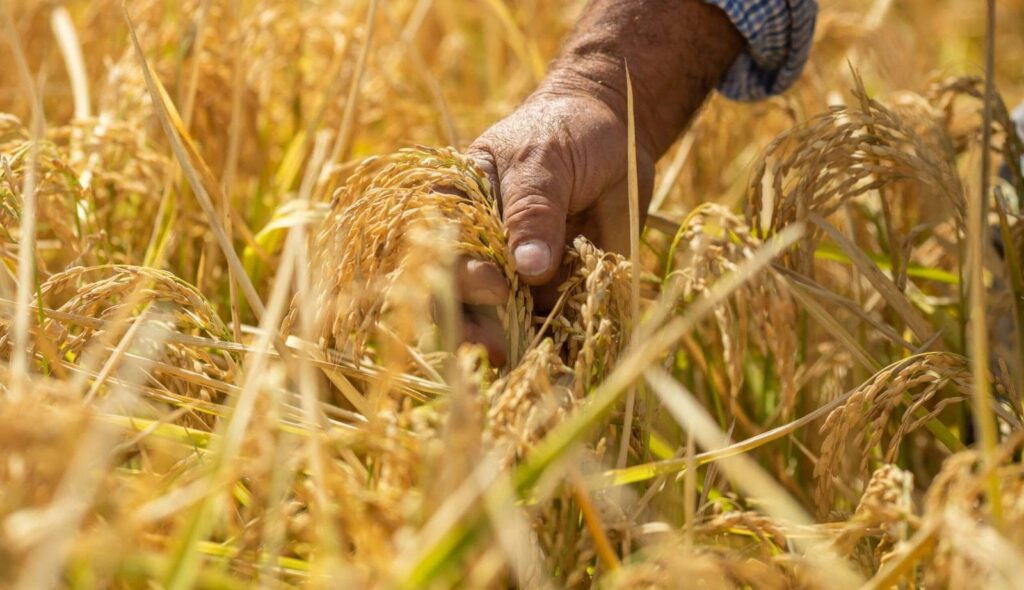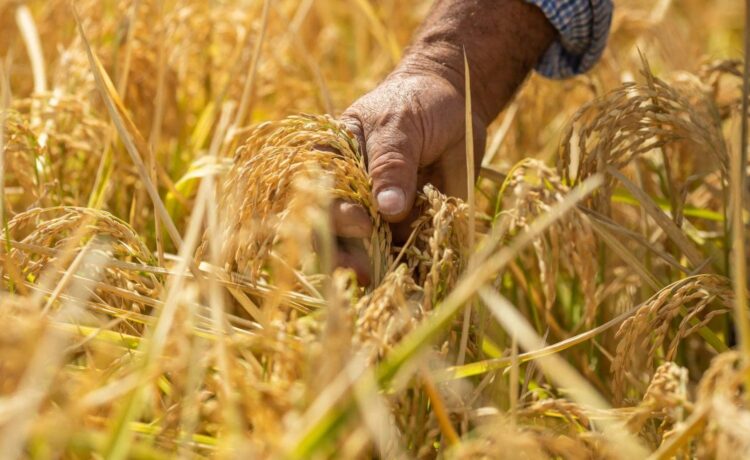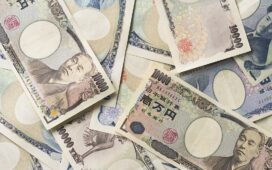
Photo: AgriFutures
SUNRICE’S US operations have avoided direct fallout from President Donald Trump’s tariffs, but SunRice chief executive officer Paul Serra said the company still faces short-term risks from changing trade flows and currency volatility.
Speaking during the company’s annual general meeting on Thursday, Mr Serra pointed to a possible increase in US rice shipments to Japan under a recent trade agreement, saying it risked complicating SunRice’s push for greater market access.
The ASX-listed agribusiness has a global presence, supplying over 50 markets and operating across around 60 sites in 10 countries.
According to the latest financial report, approximately 60 percent of the company’s revenue is generated outside Australia.
In the US, it owns and operates SunFoods, a rice milling, distribution and marketing company based in California, with secondary operations in Hawaii.
It owns the Hinode brand, sold mainly in the US through a nationwide network of 8000 retailers.
Mr Serra said maintaining production in the US shielded the company from the bulk of tariff impacts.
“In general, the tariff applications that the Trump presidency has implemented so far are not having a direct impact on our volumes globally,” Mr Serra said.
“We manufacture in the US for the US…so we’re not caught up in some of those tariffs as much as other companies.”
He said the company had been directly hit by the weaker Australian dollar, which resulted in higher costs for the importing operation.
“The immediate impact has been more to the currency markets.
“The impact that’s placed on to the group, particularly with the weakening Aussie dollar versus the US, has placed pressure on our import businesses.”
US-Japan deal
Mr Serra said SunRice was also watching for details on trade deals being negotiated between the US and other nations.
He said the US-Japan deal, reached in principle on July 22 and still being finalised, may have implications for Australian market access to Japan.
The US and Japan are currently resolving the details of this agreement, with rice tariffs and volumes proving a sticking point.
A White House document stated that as part of the trade deal, Japan would “immediately increase imports of US rice by 75pc with a major expansion of import quotas”.
Earlier this week, local publication the Nikkei reported that Japanese trade negotiator Ryosei Akazawa denied these claims, saying the agreement “didn’t involve lowering tariffs on agricultural products”.
SunRice has long hoped for increased access to the Japanese market, which has been importing increasing volumes in recent months due to domestic shortages.
The company currently exports small volumes to Japan via tenders.
Under the 2018 Comprehensive and Progressive Agreement for Trans-Pacific Partnership, Australia had an initial 6000-tonne quota, growing to 8400t after 12 years for rice and rice flour.
These are tiny volumes compared to Japan’s World Trade Organization agreement of a minimum-access annual quota of around 770,000t tariff free.
According to Bloomberg reports, Japan last year imported 346,000t of rice from the US.
Based on information from the White House, a 75pc increase would mean the US would take almost 80pc of the total minimum-access quota.
Mr Serra said SunRice was working to get correct information on the trade deal.
“It is unclear what it means…around the US supposedly gaining more access.
“We’re trying to gain clarity on that through diplomatic channels here, as well as in Japan.
“At this stage, there’s no changes that have been communicated, but we’ll certainly keep people updated if there is.”
Diversification opportunities
Mr Serra said while the global marketplace had “become more challenged”, SunRice was experienced in operating in such a landscape.
“Dealing with tariffs and markets that are not open freely for trade is not something new to SunRice; rice is quite a controlled industry globally.”
He said the company’s presence in 10 countries meant it was positioned to capitalise on opportunities created by shifting trade flows.
“The opportunities that it gives to us as an organisation are also quite interesting as trading partners look to realign behind the new geopolitical norms across the globe.
“There’s opportunities for us and we remain very much diversified across multiple markets, which enables us to be flexible in that changing trade environment.”
SunRice’s international rice segment recorded a modest drop in revenue of 4pc to $860.4 million for the financial year ending April 30.
Despite this, net profit before tax was stable at $42.6M, as were earnings at $56.7M.





